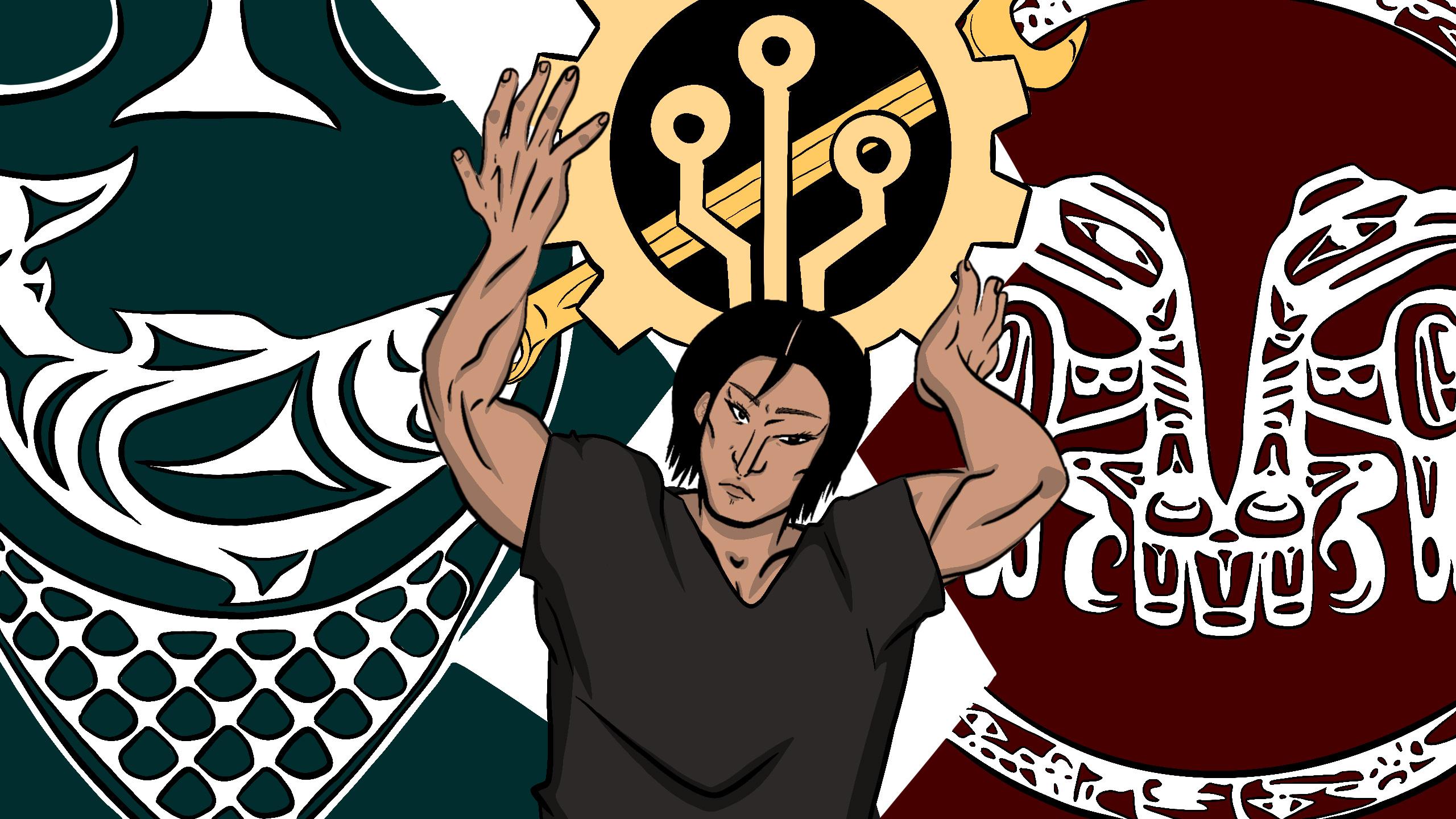Ryerson research shows Indigenous peoples are disproportionately represented in industries affected by automation
By Naomi Chen
Approximately 250,000 jobs held by Indigenous workers—one-third of the Indigenous workforce—are at high risk of automation, according to a July 2020 report by the Ted Rogers School of Management’s Diversity Institute.
The research, in collaboration with the Canadian Council of Aboriginal Business (CCAB), found that Indigenous workers are disproportionately represented in the top five industries at risk for automation.
Those industries include accommodation and food service, retail, construction, transportation and warehousing, and management. Indigenous workers in these industries make approximately $2.43 billion of wage revenue.
What’s more, Indigenous communities are more susceptible to automation due to limited opportunity as a result of lower levels of education and a lack of internet access.
“It’s a multi-layered challenge,” said Wendy Cukier, founder of the Diversity Institute. “Even for Indigenous workers who do live in urban areas, their level of education and access to proper training remain inferior to their non-Indigenous counterparts.”
The negative impact of colonialism and intergenerational trauma can make it difficult for Indigenous communities to access a higher level of education, which the report says is needed to limit the job loss brought about by automation, according to the report. Remoteness, intergenerational trauma of residential schools and lack of funding for education on reserves are some of the challenges that make higher education more difficult to attain.
This problem is compounded by a lack of internet access. According to a 2016 report by the CCAB, four in 10 Indigenous businesses don’t have a reliable internet connection. This makes it harder for these businesses to succeed in a technology-driven and connected economy.
“The impact of the COVID-19 fast-paced digitalization has not been experienced equally by Canadian businesses,” said Andy Avgerinos, project manager, research at CCAB. “Many small Indigenous businesses, and those with employees living in remote communities where internet service is often sparse or unaffordable may not be able to make the shift for remote work,” he said.
“This is not just a social justice issue; it also has very real implications from an economic development perspective”
Further, just 40 per cent of Indigenous adults have graduated high school and less than half of that population is employed. Without formal education, employment in jobs requiring continued education is difficult. Consequently, many Indigenous workers remain in low-skill jobs.
The majority of jobs held by Indigenous workers also skill transferability. “This is not just a social justice issue; it also has very real implications from an economic development perspective,” said Cukier.
While systems of oppression have made it more difficult for Indigenous workers to gain employment in industries that are less exposed to automation, they are still a significant part of the economy.
The Indigenous contribution to the Canadian economy is “substantial,” said Cukier. Indigenous workers currently represent four per cent of the labour force in Canada and generate a combined household income of around $30 billion a year.
What’s more, when given the opportunity, Indigenous businesses have been innovative in the market. According to Avgerinos, Indigenous businesses are “twice as likely to introduce a new product or service, and three times as likely to introduce a new business process.”
While the risks presented by automation are critical, there are ways to support the Indigenous labour market.
The report lays out several solutions for policymakers. First, they should conduct a more in-depth analysis of the distribution of Indigenous workers in each industry and their risk of automation. They should also investigate the social impacts of job automation, estimate the cost of retraining workers and calculate the productivity gains from automation.
Different levels of government, the private sector and Indigenous leadership should also work together to bring education reform to communities and ensure Indigenous youth have equal access to educational opportunities as non-Indigenous Canadians.
Further, the CCAB’s Progressive Aboriginal Relations program–the first corporate social responsibilities program for Indigenous peoples in Canada–currently has over 200 companies in a collaboration that educates non-Indigenous companies to work with Indigenous ones more effectively and respectfully.
“Through working with Indigenous corporations, we’ve also learned the importance of putting a social lens on everything we’re doing, and not dichotomizing social justice and entrepreneurship as if they were two different things,” said Cukier.
Going forward, it will be important to recognize and solidify the success of Indigenous workers and businesses as a driving force in the Canadian economy.











Leave a Reply